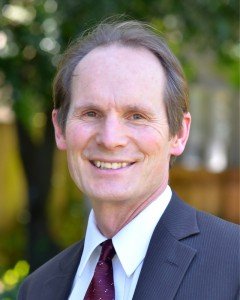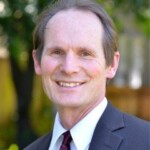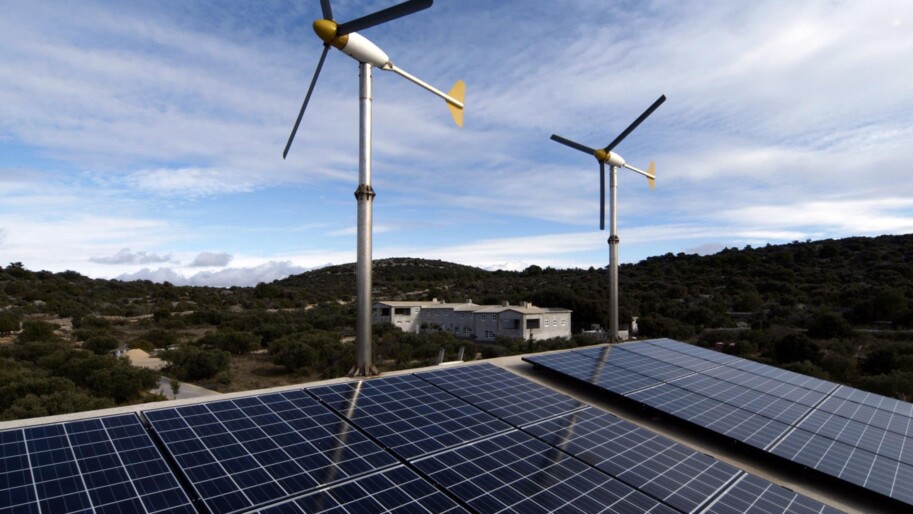On August 9, 2022, the California Air Resources Board (CARB) held the final community listening session on the 2022 Scoping Plan. The Scoping Plan will play a key role in determining the direction of California’s climate policy for the next critical several years. The actions we take this decade are critical for securing a climate-safe future and California must lead the way with bold, accelerated, and equitable climate policies.
The following is a transcript of testimony given to CARB by The Climate Center Chief Operating Officer Barry Vesser:
Thank you, Chair Randolph, board members, and agency staff. My name is Barry Vesser with The Climate Center. First and foremost, we appreciate the immense effort that went into this draft of the Scoping Plan.
That said, the Scoping Plan fails to realize the immense potential for sequestration on the state’s natural and working lands. The modeling done in the plan is flawed in many critical ways. Most starkly, soil carbon stocks were only modeled for the first 30 centimeters, while the consensus is that the majority of the carbon is stored well below 30 centimeters. This omission alone renders the modeling inaccurate and in need of reassessment. We urge the agency to assemble an advisory committee of scientists, economists, and other stakeholders to reevaluate the analyses underlying the natural and working lands sector before finalizing the Scoping Plan. We are happy to work with you in that regard.
We were pleased to see the Governor’s recent letter, which emphasized setting meaningful goals for natural carbon sequestration and should be used as a starting point. We urge the administration as a whole to differentiate the targets for nature-based solutions and technological ones given their vastly different contexts, outcomes, and timelines. Combining them confuses policymakers and the public on these counts.
Additionally, the Scoping Plan does not adequately represent the economic opportunities in the clean energy sector, especially now that it is cheaper to build large-scale renewable energy projects than it is to operate existing fossil fuel plants. Many reports also describe how the widespread deployment of distributed energy resources at the local level can provide more flexibility on the grid, thus accommodating more clean energy, faster. And from a systems perspective, these distributed resources are already affordable and provide benefits that utility-scale resources cannot. We need both. Supporting the rapid deployment of clean energy resources will help reach state needs for reliability, emissions reduction, community resiliency, and equity.
Lastly, the recent passage of the Inflation Reduction Act at the federal level is a game-changer that will ensure a stream of funding for California to invest even more in clean energy and transportation programs. The goals set out in the Scoping Plan must be updated to take advantage of and reflect this historic investment in climate and to maintain California’s leadership in climate mitigation. It also appears that the governor is poised to increase the 2030 greenhouse gas reduction target to a 55 percent reduction below 1990 levels — another reason to be more ambitious in the Scoping Plan. The world needs California to lead.
Thank you for your time and work on behalf of all Californians.


